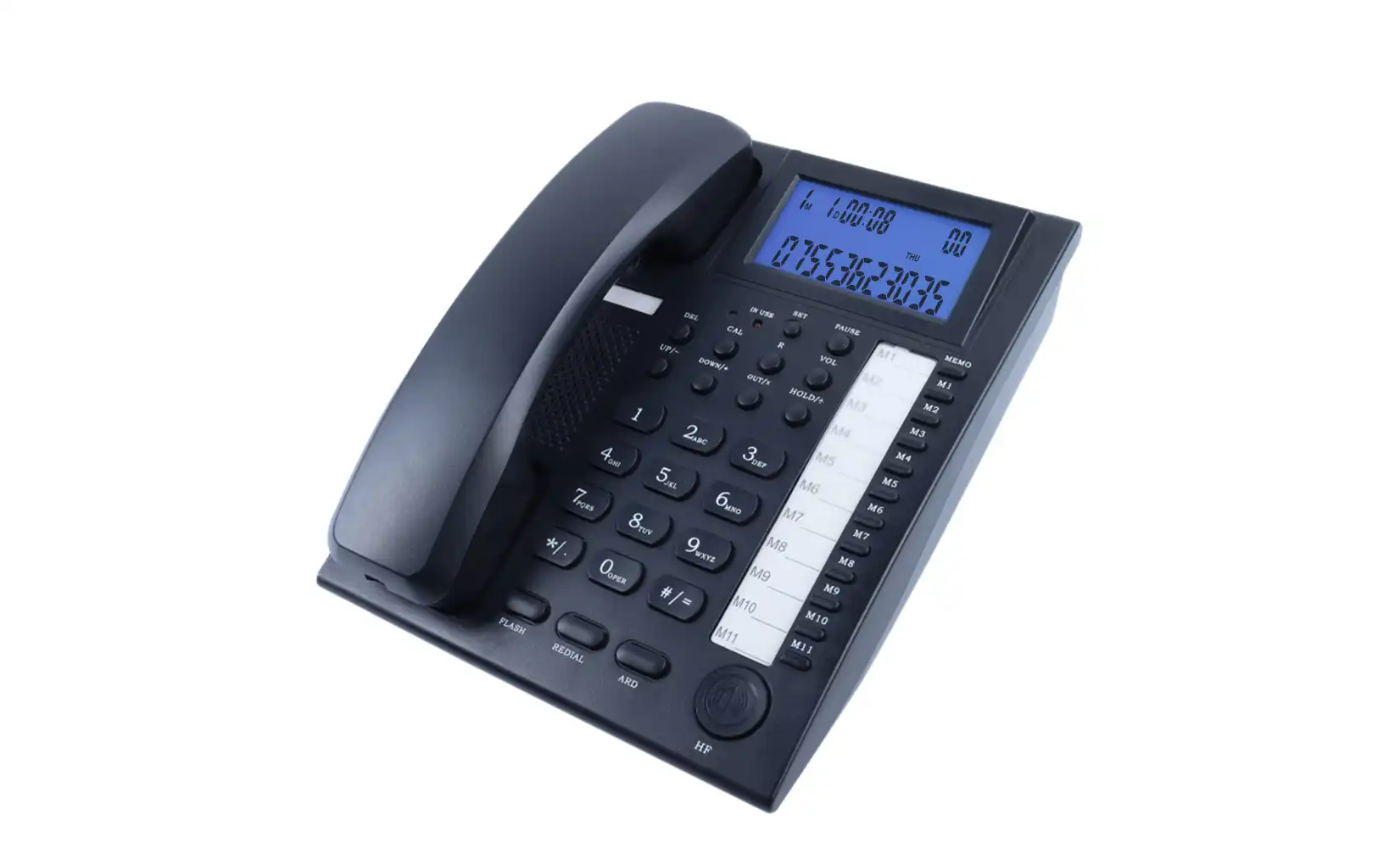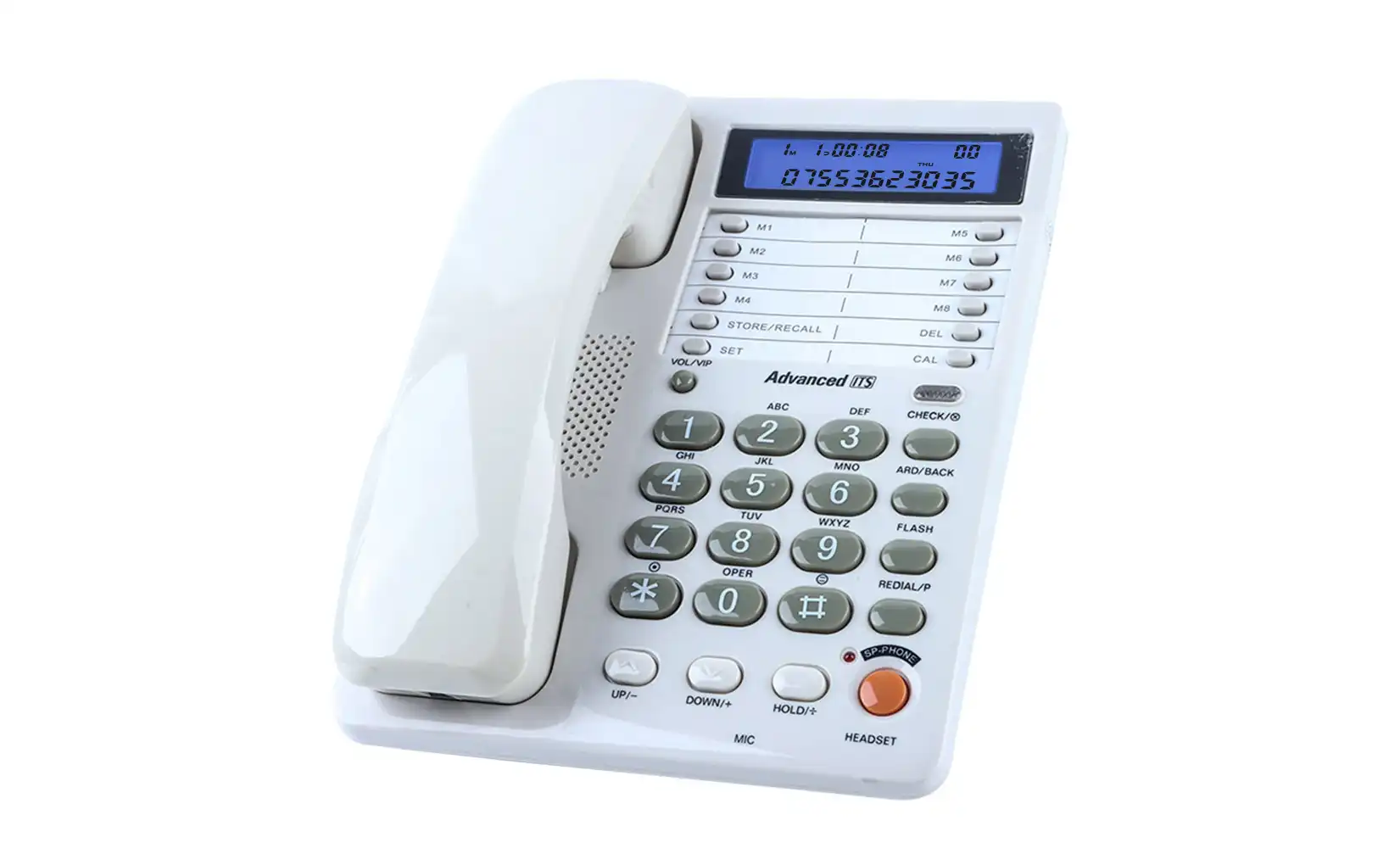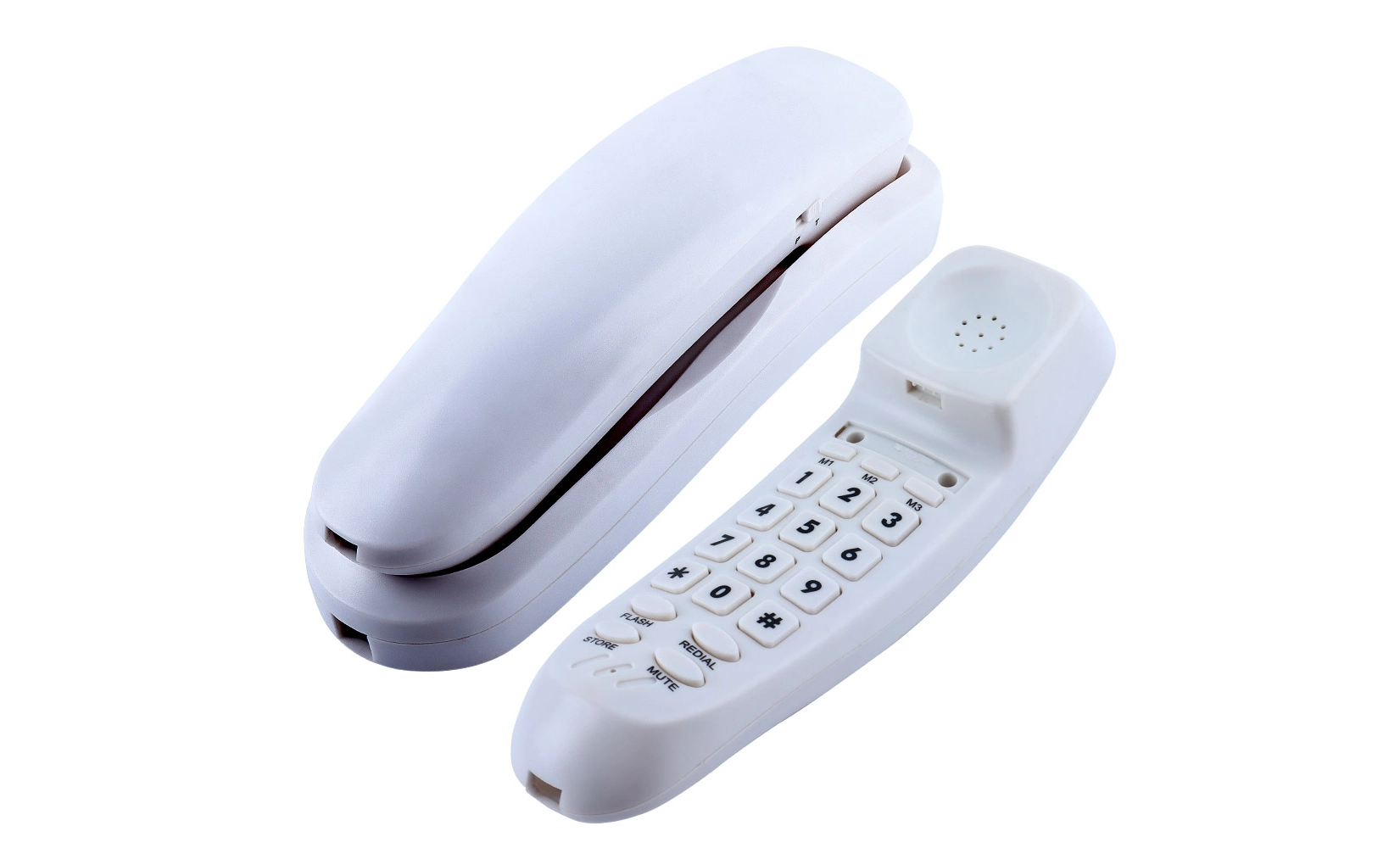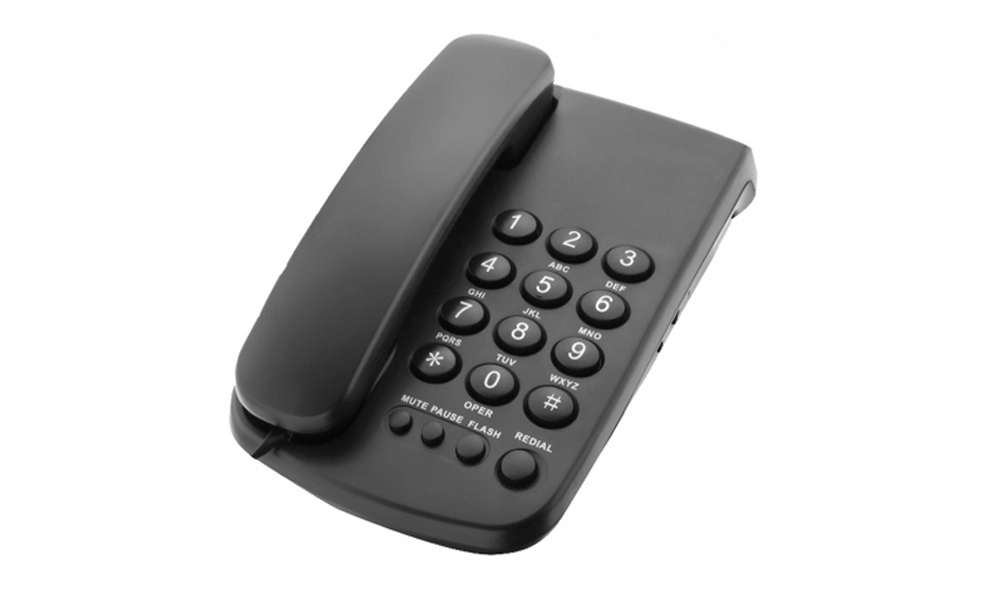Comprehending Caller ID Technology and Its Common Pitfalls
Caller ID technology has revolutionized the way we manage incoming calls, but like any electronic device, it can encounter issues. To effectively troubleshoot your Caller ID telephone, it's crucial to understand how the system works. Caller ID relies on information transmitted between the first and second rings of an incoming call. This data includes the caller's number and, in some cases, their name.
Common pitfalls of Caller ID systems include:
- Incomplete or missing information display
- Delayed updates on the screen
- Inconsistent performance with certain callers
- Battery-related issues in cordless models
These problems can stem from various sources, including network issues, device malfunctions, or service provider limitations. By recognizing these potential issues, you can more effectively diagnose and resolve problems with your Caller ID telephone.
The Role of Phone Lines and Signal Quality
The quality of your phone line plays a significant role in Caller ID functionality. Poor signal quality can result in garbled or missing information. Factors that can affect signal quality include:
- Old or damaged wiring in your home
- Interference from other electronic devices
- Weather-related disturbances
- Distance from your service provider's central office
To improve signal quality, consider installing a line filter to reduce interference. Additionally, ensure that your Caller ID telephone is not sharing a line with devices that could cause interference, such as fax machines or dial-up modems.
Software and Firmware Considerations
Modern Caller ID telephones often incorporate software or firmware that can be updated to improve performance and resolve issues. Check your device's manual or the manufacturer's website for information on available updates. Applying these updates can sometimes fix persistent problems and add new features to your telephone.
Step-by-Step Troubleshooting Guide for Caller ID Telephones
When your Caller ID telephone isn't functioning correctly, follow this comprehensive troubleshooting guide to identify and resolve the issue:
Power and Connection Check
Start with the basics:
1. Ensure the telephone is properly plugged into a working power outlet.
2. Check that the phone line is securely connected to both the wall jack and the telephone.
3. For cordless models, verify that the battery is charged and correctly installed.
Caller ID Service Verification
Confirm that your Caller ID service is active:
1. Contact your telephone service provider to verify that Caller ID is included in your plan.
2. Ask if there are any known outages or issues in your area affecting Caller ID services.
 Display and Audio Troubleshooting
Display and Audio Troubleshooting
Address display and audio issues:
1. Adjust the contrast settings if the display is difficult to read.
2. Clean the display screen gently with a soft, dry cloth.
3. Check and adjust the volume settings for ringtone and speaker.
4. Inspect the handset cord for any visible damage or loose connections.
Reset and Recalibration
If problems persist, try resetting the device:
1. Unplug the telephone from the power source and phone line for at least 30 seconds.
2. Reconnect everything and allow the system to reboot.
3. For battery-operated models, remove and reinsert the batteries.
4. If available, use the phone's menu to perform a factory reset.
Advanced Solutions and When to Seek Professional Help
When basic troubleshooting doesn't resolve your Caller ID telephone issues, consider these advanced solutions:
Line Testing and Signal Boosting
Improve your phone line's performance:
- Use a phone line tester to check for any line faults.
- Install a signal booster if you're far from your provider's central office.
- Consider upgrading your home's internal wiring if it's outdated.
Firmware Updates and Software Resets
Keep your device's software current:
- Check the manufacturer's website for available firmware updates.
- Follow the provided instructions carefully to update your telephone.
- Perform a soft reset by navigating through the phone's menu system.
Professional Diagnosis and Repair
Know when to call in the experts:
- If you've tried all troubleshooting steps without success.
- When there's physical damage to the telephone that you can't repair.
- If you suspect broader issues with your phone line or service.
Professional technicians have specialized tools and knowledge to diagnose complex issues and can often repair devices that might otherwise need replacement.
Conclusion
Troubleshooting your Caller ID telephone doesn't have to be a daunting task. By following the steps outlined in this guide, you can resolve many common issues and keep your telephone functioning optimally. Remember to start with the simplest solutions, such as checking connections and power sources, before moving on to more complex troubleshooting methods. Regular maintenance, including cleaning and updating your device, can prevent many problems before they occur. If you encounter persistent issues that you can't resolve, don't hesitate to contact your service provider or a professional technician for assistance.
FAQ
Why isn't my Caller ID showing any information?
This could be due to an inactive Caller ID service, poor signal quality, or a malfunctioning display. Verify your service with your provider and check all connections.
Can weather affect my Caller ID functionality?
Yes, severe weather can interfere with phone lines and signal quality, potentially impacting Caller ID performance.
How often should I update my Caller ID telephone's firmware?
Check for updates every few months or whenever you notice performance issues. Some manufacturers provide automatic update notifications.
Expert Caller ID Telephone Solutions | CHEETA
At CHEETA, we specialize in crafting high-quality Caller ID telephones that meet global standards. Our 18+ years of OEM/ODM experience and state-of-the-art 1,200㎡ factory enable us to produce reliable, innovative communication devices. With a team of 10 senior engineers and 100+ skilled workers, we ensure each Caller ID telephone undergoes rigorous testing to maintain a failure rate below 1%. Our commitment to quality and customer satisfaction makes CHEETA a trusted manufacturer for businesses seeking dependable Caller ID telephone solutions. For inquiries about our products or custom OEM/ODM services, contact us at allen@cheeta.com.cn.

References
1. Smith, J. (2022). "Troubleshooting Modern Caller ID Systems: A Comprehensive Guide." Telecommunications Journal, 45(3), 112-128.
2. Johnson, L. & Brown, T. (2021). "Advancements in Caller ID Technology: Challenges and Solutions." International Conference on Communication Technologies, pp. 78-92.
3. Telecom Regulatory Authority. (2023). "Consumer Guidelines for Caller ID Services." Official Regulatory Publication.
4. Chen, W. (2020). "The Evolution of Caller ID: From Analog to Digital." IEEE Communications Magazine, 58(6), 55-61.
5. Davis, R. et al. (2023). "Impact of Line Quality on Caller ID Functionality: A Technical Analysis." Journal of Telecommunications Engineering, 17(2), 203-218.
 Troubleshooting common issues with your
Troubleshooting common issues with your 




